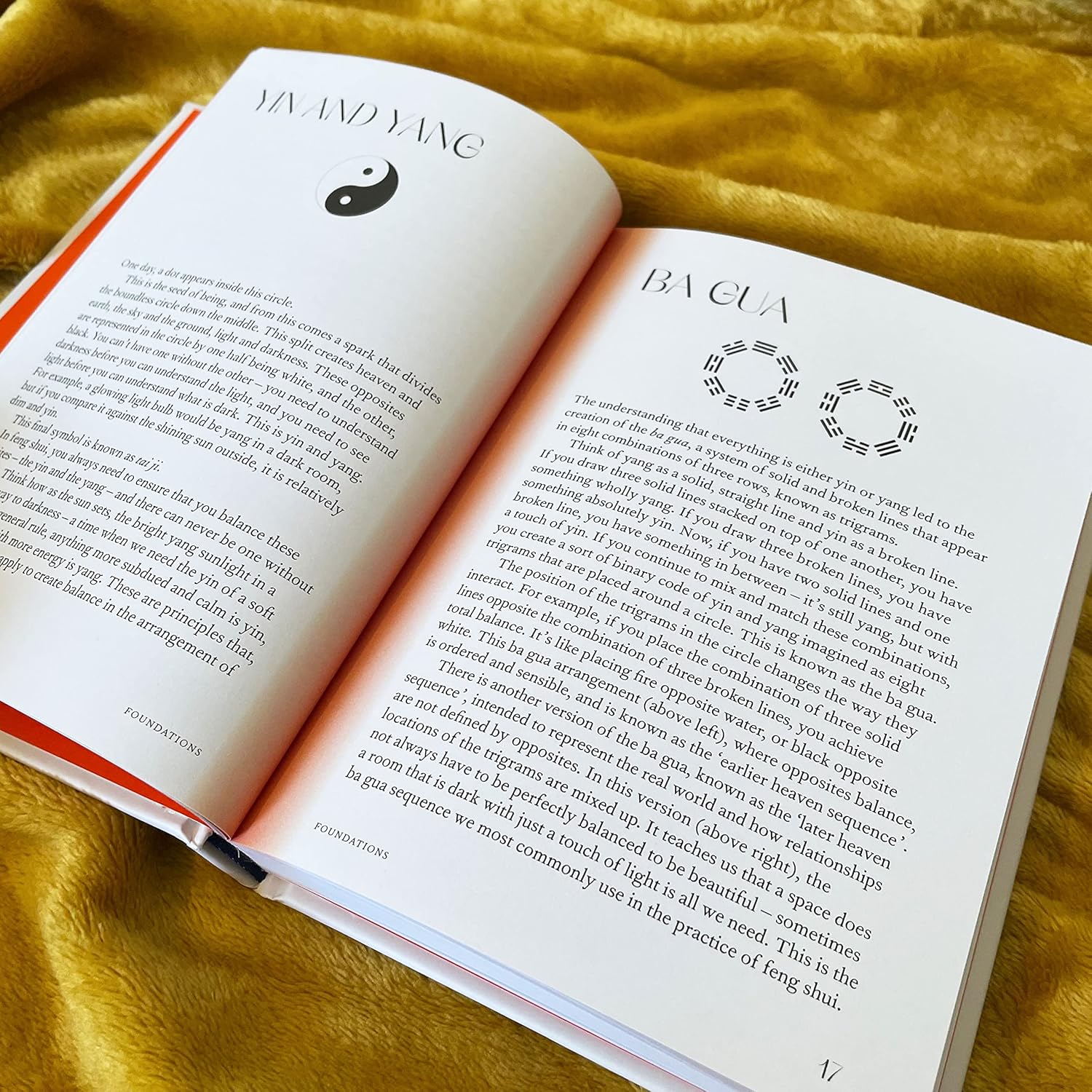What feng shui considerations should be noted regarding bedroom colors?
Humans are visual creatures, and different colors can influence psychological emotions and daily life. Colors also exert a definite influence on physical health, helping tense nerves relax. If a bedroom features pleasing, soft, warm, romantic, and poetic tones, it facilitates falling asleep, promotes restful sleep, and alleviates fatigue. Therefore, by extension, understanding bedroom feng shui requires knowledge of bedroom color feng shui to create a vibrant, happy life.
1. Blue and green positively influence both physical health and emotional well-being. These colors possess hypnotic properties. While they may create a slightly cool spatial impression, they exert a powerful calming effect, promoting inner peace and relaxation. Choosing these hues is highly beneficial.
2. A red bedroom accelerates heart rate and raises blood pressure, disrupting mood and sleep. Using red as the primary color, combined with other furnishings, creates a chaotic overall effect that can cause long-term restlessness.
3. Bedroom curtain colors also require feng shui consideration and should not be chosen arbitrarily. Neutral tones like beige, white, or yellow are best, as they also promote restful sleep.
4. According to feng shui, specific directions correspond to specific colors:
– East and Southeast: Green and blue
– South: Yellow and black
– West: White, beige, and gray
– North: Pink and gray-white
– Southwest: Yellow and brown

Feng Shui Bedroom Colors
Feng Shui Color Guidelines for Different Bedroom Functions
1. Master Bedroom
The primary tone should emphasize warmth, with wood flooring recommended. Specific style color schemes may be adopted if both partners share similar aesthetic preferences.
2. Secondary Bedroom
Similarly, warmth should be prioritized. Secondary bedrooms are typically occupied by elderly residents, so renovations should consider ease of movement for seniors.
3. Children’s Room: Use vibrant colors. Common schemes include blue tones for boys’ rooms and pink or beige for girls’. Wallpapers featuring cartoon animals, flowers, or plants are also suitable. Include ample toy storage. Wooden floors are ideal for children’s rooms, supporting crawling and preventing chills. If hardwood flooring isn’t feasible, consider colorful foam mats for children. Many feature educational patterns or letters.
4. Maid’s Room
Minimal decoration is typically sufficient—focus on basic wall, floor, and ceiling finishes.
If wall color options are flexible and natural light is ample, prioritize personal color preferences. When selecting colors, opt for lighter shades to create a soft, subtle tone. Light-colored walls feel fresh and airy, whereas dark interiors can appear gloomy and oppressive. They not only make the room seem darker but also visually shrink the space. Additionally, dark colors clash with light-colored furniture, resulting in a disjointed, uncoordinated look that lacks the warmth of a cozy home.
Bedroom Color Feng Shui Taboos
Taboo 1: Avoid excessive use of black in bedrooms, as it disrupts yin-yang balance
Overusing black in living spaces can create an imbalance between yin and yang energies. Furthermore, using black for both ceilings and floors in bedrooms can negatively impact residents’ well-being and health. It may also affect their fortune and the feng shui energy flow within the home.
Taboo 2: Minimize the Use of Irritating Orange in Bedrooms
Orange radiates vitality, lending warmth and coziness to living spaces. However, excessive orange in bedrooms can induce irritability and restlessness, adversely affecting both physical and mental well-being. Therefore, it is best to avoid overusing orange in bedroom interiors.
Taboo 3: Avoid excessive pink in bedroom spaces
Pink can easily provoke irritability, spark arguments, and fuel disputes, leading to frequent conflicts. While pink can create a romantic ambiance, prolonged exposure may cause residents to feel restless, straining relationships among household members. Additionally, this color can heighten nervous tension, potentially contributing to psychological and neurological issues.
Taboo 4: Avoid Large Areas of Dark Colors on Bedroom Walls
The painting and design of bedroom walls significantly impact the overall atmosphere of the space. To maintain good feng shui in the bedroom, prevent energy reflection during sleep, and allow walls to breathe, avoid using materials like glass, metal, or marble. Instead, opt for light-colored paint. Light tones promote calmness and enhance sleep quality. Therefore, avoid using dark colors in bedroom interiors. Such hues can make the space feel lifeless, fostering negative emotions among occupants and potentially disrupting household harmony.
